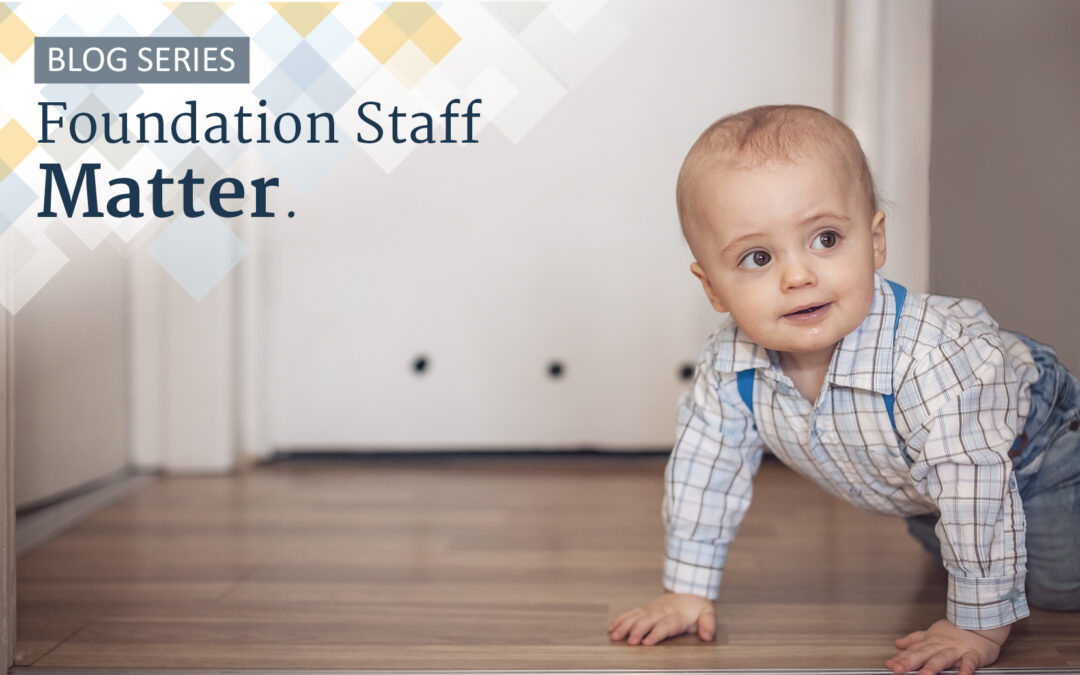Most Americans know little about foundations and how they work. Yet even those familiar with philanthropy expect things from it that don’t mesh with reality.
The findings of a report from the Philanthropy Awareness Initiative (PAI) have put a spotlight on the need for foundations to better communicate their work and strategies to address the public’s lack of knowledge. For example, Jane Wales points out that many foundations will need to change their cultures to be more open about their own operations and decisions if the public is to understand their unique role in society. Joel Orosz, in a recent CEP post, called the PAI report a wake-up call for foundations to share their accomplishments, failures, and lessons much more aggressively.
Both Wales and Orosz rightly indicate what foundations themselves can do to improve public understanding of their work and accomplishments. But these steps won’t address another important issue mentioned in the report that has gotten less attention: the need to change the public’s expectations of what foundations should do, and how difficult that will be.
The report notes that changing the public’s expectations of foundations is especially important when the current expectations are inaccurate. For example, almost half of the respondents believe that foundations have enough money to fix problems that government cannot afford to.
Some public expectations seem to make sense even though they may be misleading. These will be especially hard to influence. At the heart of the public’s expectations for foundations is that it views philanthropy in general through the lens of individual giving. That makes sense. Individual giving constitutes the vast majority of philanthropy, and it is the form of philanthropy that is closest to the public’s experience.
Individual giving is overwhelmingly about charity, and giving as an expressive act that reflects values, not a desire for specific social change or to accomplish a strategic purpose. Further, the recipients of the charity are often expected to be organizations that provide needed services and benefits to society.
In this context, it is reasonable for the public to expect foundations to be the organizational equivalent of individual charitable giving. This view is consistent with the PAI report findings that foundations should respond to the economic crisis, or, one would imagine, the most recent natural disaster.
The challenge in this perspective and its expectations for foundations is that it runs counter to some of the core elements foundations need to be strategically effective. Choosing a clear goal, developing a strategy to reach that goal, being disciplined in aligning resources to carry out the strategy, and measuring performance are not on the radar screen of this public perspective.
To the extent the public’s primary view of foundation effectiveness continues to be seen as acting in the “charitable banker” role as described in CEP’s strategy research, those expectations will make it more difficult for foundations to act independently and strategically.
The challenge of communicating the potential strategic role of foundations in society arguably goes beyond presenting the stories and being accountable; it requires changes in the fundamental way the public views foundations as philanthropy.
Among other actions, this will take a sustained, effective communications campaign; PAI is a much needed start.
Bob Hughes is an independent consultant on strategy and organizational learning in health and philanthropy.


